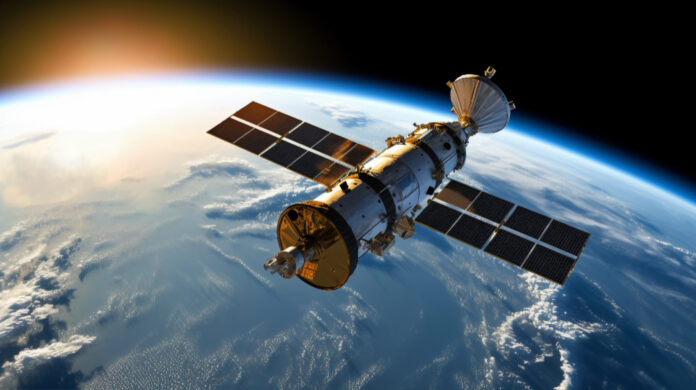NASA and Boeing prepare for milestone launch of starliner, aiming to expand commercial space travel
Boeing’s Starliner spacecraft is scheduled for its inaugural crewed test flight to the International Space Station (ISS), marking a significant milestone in commercial space travel. Scheduled to launch from Cape Canaveral, Florida, this mission represents a crucial test for Boeing’s space sector and its Starliner spacecraft, which has faced numerous setbacks and delays in its development.
The mission has been a long time coming, with initial plans for an uncrewed test flight set back in 2015, only to be realized four years later due to technical difficulties including software glitches and issues with the propulsion system. The upcoming launch, set for 22:34 local time on Monday, carries not just equipment but also the hopes of establishing Boeing alongside SpaceX as a reliable transporter of astronauts to and from the ISS.
NASA has transitioned from operating its own spacecraft for ISS missions to purchasing these services from commercial providers like Boeing and SpaceX. This shift aims to foster a competitive market for space travel, potentially lowering costs and spurring innovation within the industry.
Astronauts Suni Williams and Butch Wilmore, veterans of NASA’s space missions, will pilot the Starliner. The crew will test various onboard systems, including life support and navigation, during their journey to the ISS. They will also evaluate new lightweight, flexible spacesuits equipped with touchscreen-sensitive gloves designed for this new era of space exploration.
Boeing’s journey to this point has been fraught with challenges, not only technical but also due to the broader scrutiny following accidents in their airline division. The successful completion of this mission is seen as pivotal for Boeing to secure its place in the competitive space travel industry.
The spacecraft itself boasts advancements over previous models, such as more space to accommodate up to seven astronauts and features designed for up to ten reuses. Its design also includes a land-based return capability, a departure from traditional water landings, featuring airbags to soften its landing in the southwestern United States.
Analysis:
The launch of Boeing’s Starliner is a landmark event not only for Boeing and NASA but for the future of global space exploration. Politically, this mission underscores the increasing collaboration between government agencies and private sector players, showcasing a pivotal shift in how space exploration missions are conducted.
Socially, the mission enhances public engagement and interest in space travel, potentially inspiring future generations of astronauts and engineers. The technological innovations, such as the new spacesuits and life-support systems, highlight significant advancements in making space travel safer and more efficient.
Economically, the successful integration of Starliner into regular ISS missions could lead to more competitive pricing and accessibility in crewed space travel. This competition is crucial for reducing costs for space agencies and taxpayers, making space missions more feasible and frequent.
The successful demonstration of Starliner’s capabilities would mark a critical step forward in Boeing’s efforts to solidify its reputation in aerospace and defence. It would not only restore confidence in Boeing’s technological capabilities but also potentially catalyze further investments and developments in space technology.
